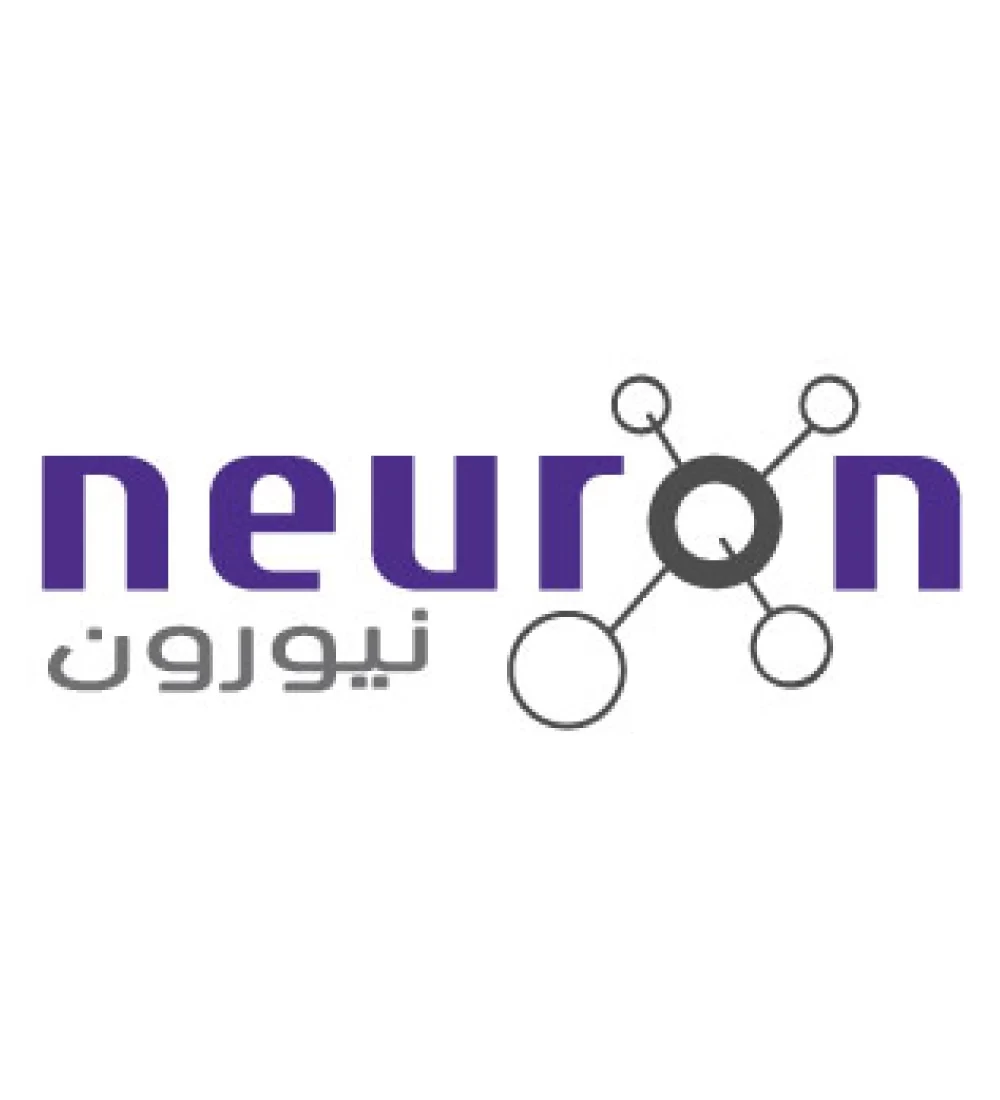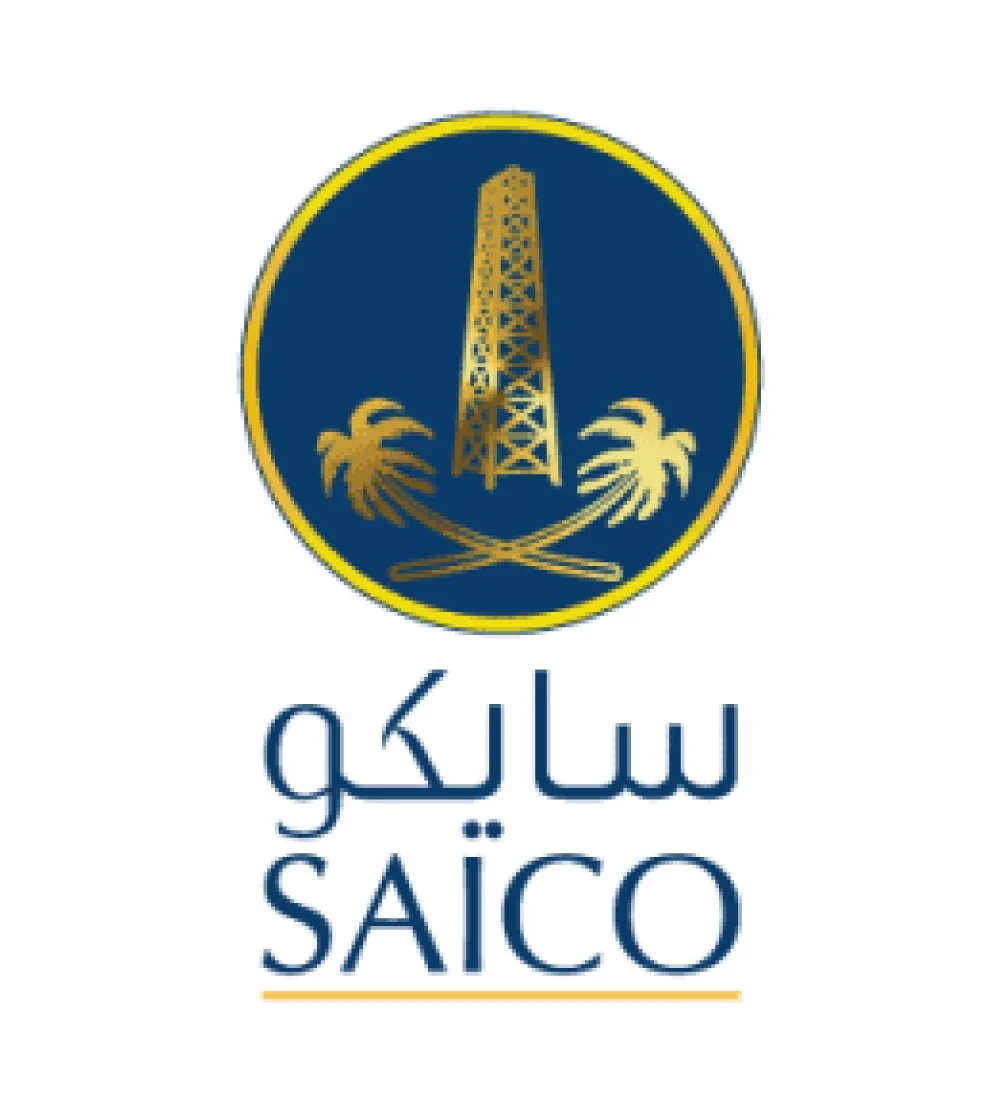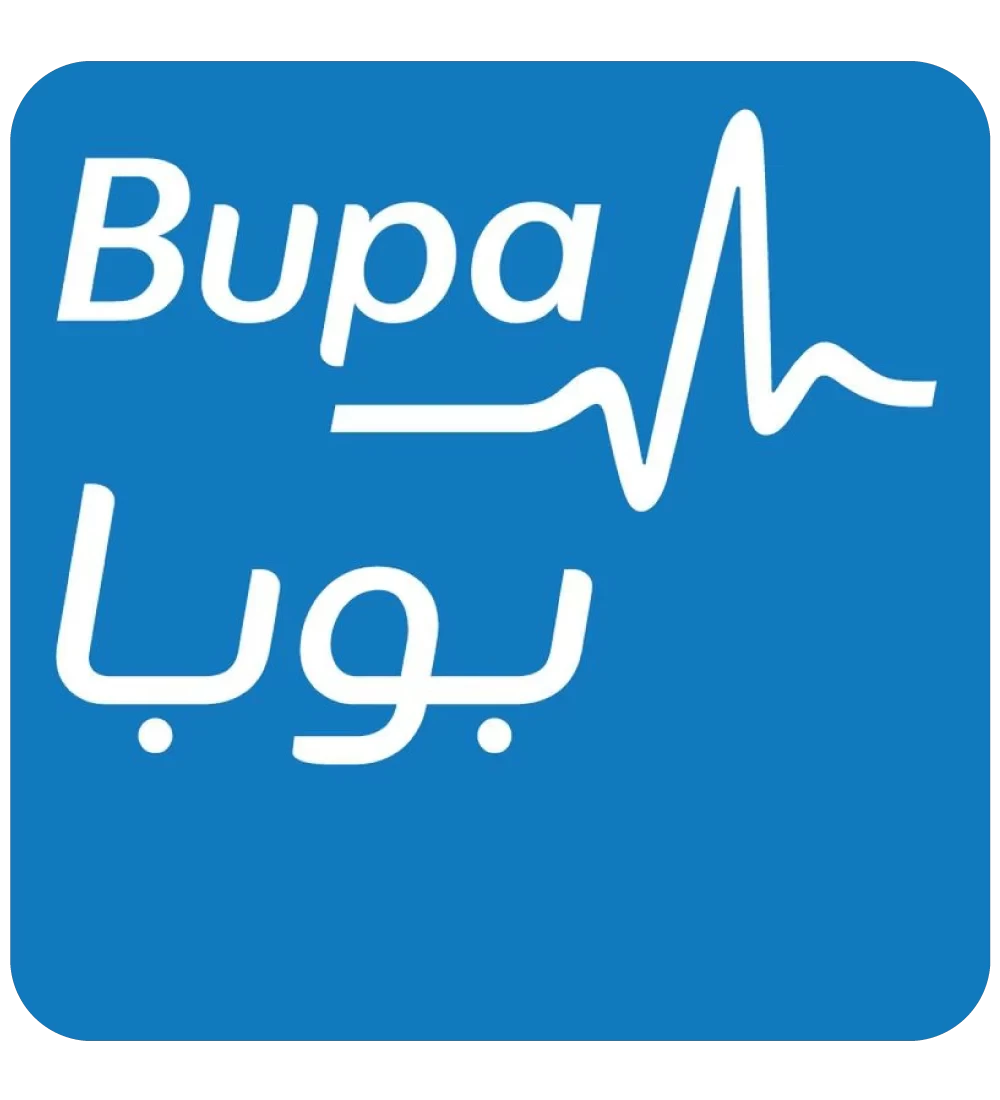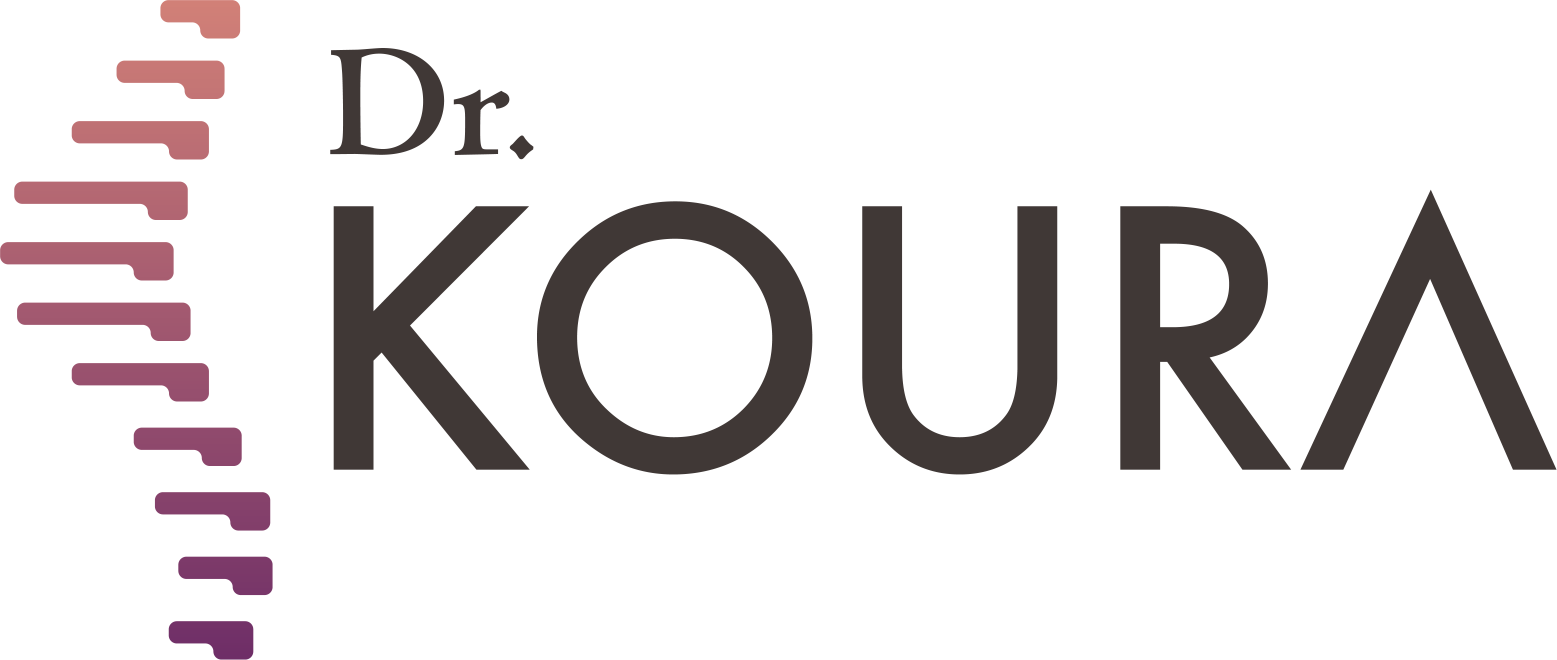Epiduroscope
Sacral Nerve Canaloscopy for Back Pain Treatment
Sacral nerve canaloscopy is an advanced medical procedure used to diagnose and treat issues in the sacral nerve canal area of the spine. During this procedure, a small endoscope is inserted through a fine needle, no thicker than half a millimeter, into the sacral nerve canal. The endoscope allows the doctor to have a clear view of the internal condition of the nerve canal, helping to identify issues such as canal stenosis. This procedure is less invasive compared to traditional surgery and aims to relieve symptoms such as pain and numbness using one of the best modern techniques at Dr. Mohamed Qoura’s center—sacral nerve canaloscopy.
Endoscopic nerve canal decompression is one of the advanced methods for treating problems of the sacral nerve canal. In this procedure, the sacral nerve canaloscope is used to diagnose and treat conditions like nerve canal stenosis, which can lead to uncomfortable symptoms such as back pain and numbness in the lower limbs. Symptoms of nerve canal stenosis may include sharp pain in the lower back, numbness in the thighs, and sometimes muscle weakness. When sacroiliac joint inflammation occurs, this may add lower back pain that radiates to the buttocks. In some cases, the symptoms can lead to difficulty moving and walking.
Dr. Mohamed Qoura's clinic offers specialized services for performing endoscopic nerve canal decompression. The medical team ensures the use of the latest techniques to alleviate symptoms and improve the quality of life for patients. With extensive expertise and modern techniques available at Dr. Mohamed Qoura’s clinic, patients can receive optimal treatment for sacral nerve canal problems and quickly return to their normal lives.
Epiduroscope
In our time, back and spine pain has become widespread. Especially in the life of those who practice office work and sit daily in front of the computer, as the sitting positions are usually unhealthy and sound, which increases the severity of symptoms. And methods of treatment for these pains are either through physical therapy, or by taking an injection to relieve pain, or by non-surgical intervention or surgical operations.
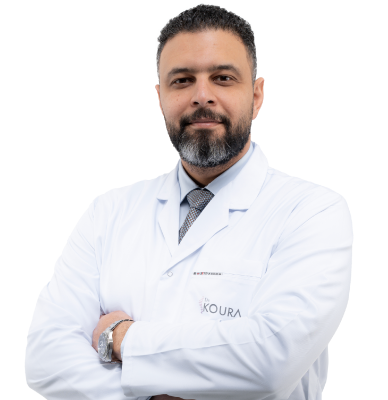
Certainly not, some cases must be treated surgically, and the most appropriate technique for the patient is determined through a medical examination and the presence of imaging studies.
No, it is necessary to make a reservation through a phone call or social media messages.
There are no risks or side effects associated with non-surgical pain interventions.
The patient needs only 3 to 4 days before they can travel comfortably, and the hospital stay does not exceed 6 to 8 hours.
A condition cannot be accurately assessed and a proper medical diagnosis made without a medical examination and recent imaging studies.
Yes, there are several payment methods available through Visa or electronic wallets by making a reservation on our website.
Certainly, obesity is one of the causes of knee osteoarthritis.
Radiofrequency activates the nerve and does not cause any damage to it.
Non-surgical interventions are a definitive treatment for some cases and pain relievers for other cases, which is determined by the doctor through a medical examination.
If the herniated disc is fully treated, there is a possibility of it reoccurring in some cases, such as not following the doctor's prescribed instructions after the intervention, experiencing an accident, or making a sudden wrong movement like lifting heavy objects.
The entire disc is not removed due to the presence of several risks and it may exacerbate the condition. Only the protruding part that causes pain is removed.
This cannot be done with radiofrequency, but it is performed through other techniques that Dr. Koura conducts.
The success or failure of non-surgical interventions cannot be judged through radiographic imaging because these procedures involve making subtle changes to critical parts to address the issue. Consequently, they do not produce significant changes to avoid potential complications in the future or damage to the spine and joints, which is our primary goal.
Spinal stenosis does not typically cause sciatica. In most cases, disc herniation is what may lead to sciatica. This does not necessarily mean that a patient with sciatica will also have spinal stenosis.
Sciatica may return if the patient does not adhere to the medical instructions provided by the doctor or in the event of an unexpected accident.
A life without pain without surgery
Once you book with Dr. Koura
Get rid of pain with just one call.. Book your appointment now with pain Management consultant Dr. Koura.
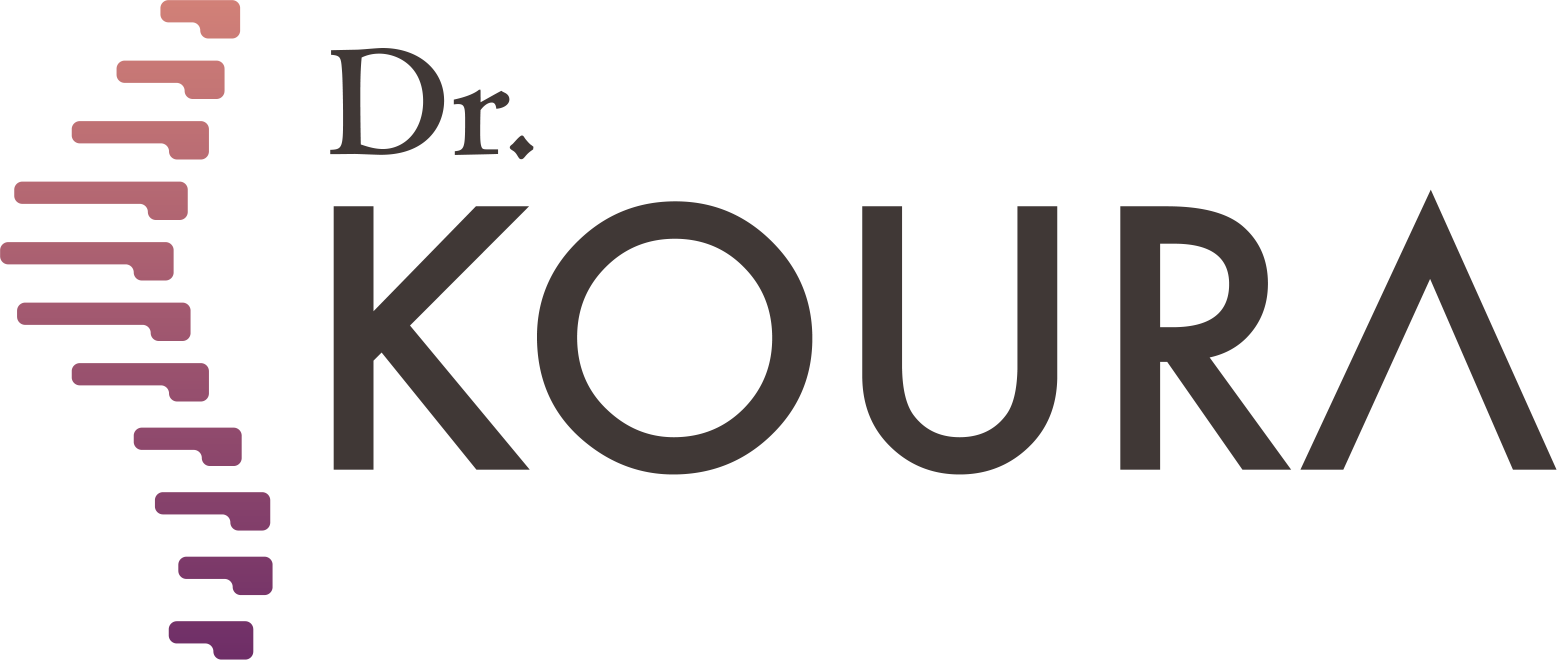
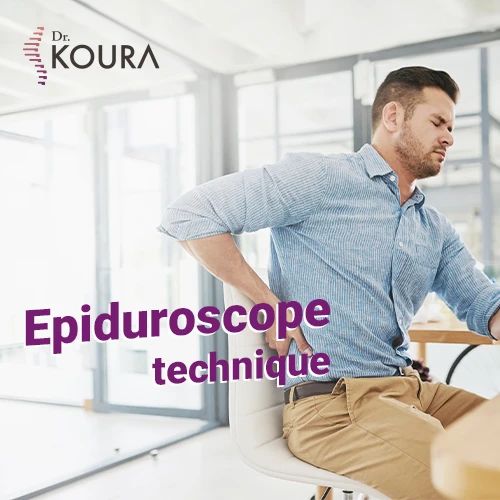





-webp.webp)




-webp.webp)







